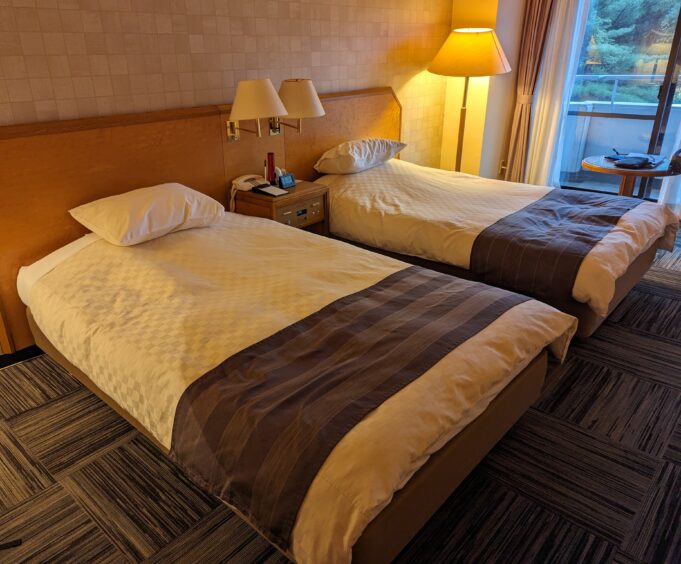
Timeshifter is an app designed to help travelers or shift workers adjust to different time zones using science and technology. The science part involves research into such topics as the effect of bright light, melatonin, and caffeine on the sleep cycle, while the technology part relates to how the app lays out a plan based on your personal characteristics and notifies you to take specific actions at defined times. In this Timeshifter app review, I’ll describe my experience using it for the first time to reduce jet lag symptoms.
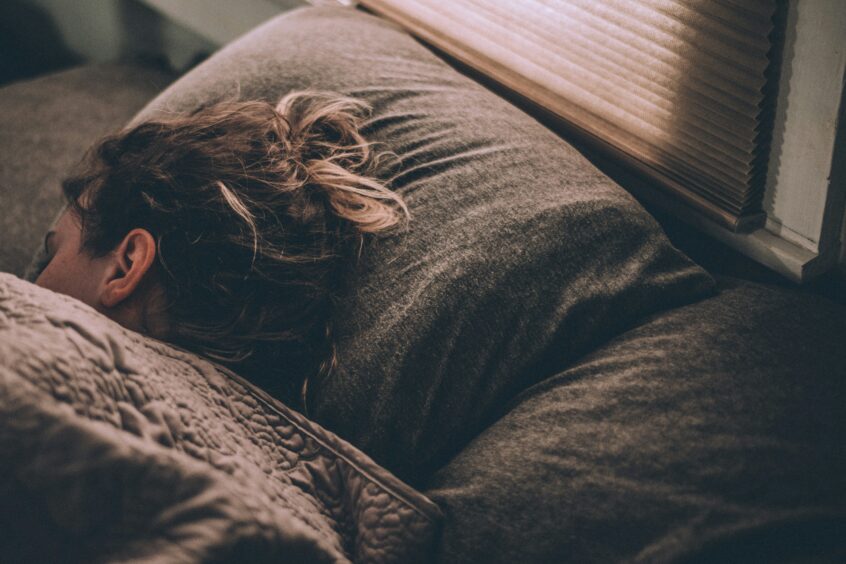
I am a person who suffers greatly from jet lag, while my husband unfairly does not (but good for him). My sleep hygiene program at home is fairly regimented and any prolonged time zone disruption can take me weeks to adjust to. I usually go to bed at 10 pm every night, despite having been a night owl in my younger years. When I travel, I usually take Ambien (zolpidem), a prescription sleep aid, for a couple of nights. The first night Ambien works well, but I often feel groggy following a second night of taking it. My motivation to try the app was to see if it would help me adjust more smoothly without Ambien. I was skeptical, but after reading a testimonial from an astronaut (How many time zones away is the space station, anyway?), I decided to give it a try.
Read on to learn more, but the spoiler is that it worked for me. It reduced the effects of jet lag significantly, and I never felt like I needed Ambien.
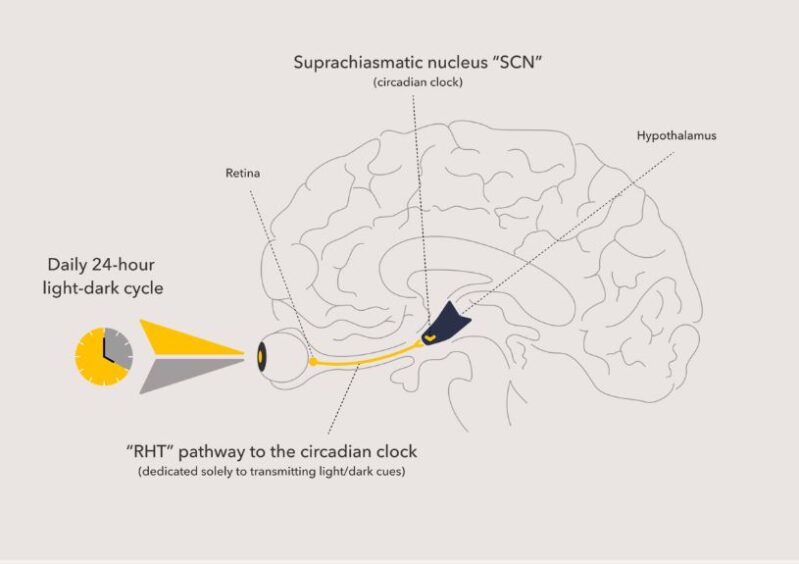
Our brains have a circadian clock (a type of body regulator) that helps us stay aligned with the light and dark phases wherever we live. When the sleep-wake and light-dark cycles are disrupted, our circadian clock can’t keep up like it does when seasonal light changes more gradually. Jet lag disrupts many systems in the body, including sleep, mood, metabolic, and immune system changes.
Jet lag can resolve in a few days for some or a few weeks in others, depending on the number of time zones crossed and individual physiology. Generally, symptoms persist for at least one day per time zone. For a traveler crossing seven time zones, jet lag could affect them for a week or longer, which might be the entire length of the trip. And then there’s returning across those same seven time zones, resulting in a week of jet lag after getting home.
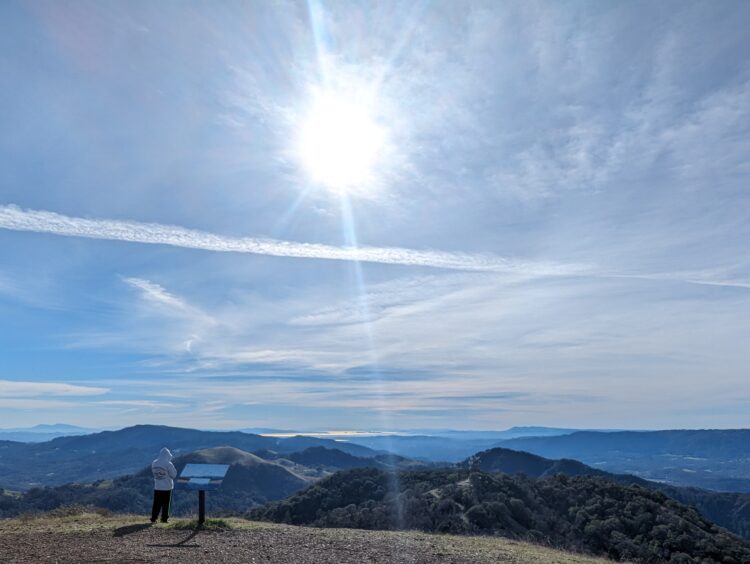
I will summarize key points of how to prevent jet lag here but to learn more, go to the Timeshifter app. There’s much more detailed information there.
Light is the most important aspect. Our brains have a circadian clock (a type of body regulator) that helps us stay aligned with the light and dark phases wherever we live. To do this, the brain uses light cues using a pathway in our eyes. Sunlight is most effective, so try to get some exposure without sunglasses for at least short periods of time. If you can’t get outside, use bright lights indoors. Any visible light is better than none.
Melatonin is important, but you can choose whether to rely on your natural release of melatonin or enhance it with a supplement. It is released naturally by the pineal gland in the brain when it is dark. Synthetic melatonin is available as a supplement. If you take melatonin, keep in mind that supplements are not regulated, so it’s impossible to know how accurate the dose is. Purchase from reliable sources and avoid taking large doses. It’s common to see doses of 5-20 mg in retail pharmacies, but a dose of 1-3 milligrams is probably enough.
Caffeine is optional but can enhance the adjustment if used in the right way. Like melatonin, you don’t need large doses to make an impact. A half cup of coffee or tea is enough. I drink weak black tea, so my normal caffeine intake is low. For this exercise, I chose to drink one cup of black tea when caffeine was suggested to aid in the time zone adjustment.
Sleep doesn’t have to mean actual sleep when it’s suggested by the app. If you’re not tired, try resting in dim light or wear sunglasses. Don’t use electronic devices that will stimulate your brain. Meditation or a warm bath can help you relax. This helps shift your sleep cycle.
The Timeshifter app interface was clean and easy to use. When I registered, I answered a few questions about my usual sleep habits and my use of melatonin and caffeine. After that, I entered the dates and times for my upcoming trip from San Francisco to Japan via Hawaii.
For the trip, the app displayed a timeline for each day, starting three days before the trip. Color-coded vertical bars showed when to use bright vs dim light (yellow for bright light, orange for any kind of light, a slash for avoiding light), caffeine (brown coffee cup icon for caffeine, a slash through a cup for no caffeine), sleep (a blue face icon) and melatonin (a white dot on the forehead of the face icon). I could tap on any of the icons in the app to obtain more information about the topic.
The first trip using the Timeshifter app is free, so it’s a good way to test it to see if it works for you. If you like it, you’ll need to pay for the app. You can get an annual subscription for $24.99 or $9.99 per trip.
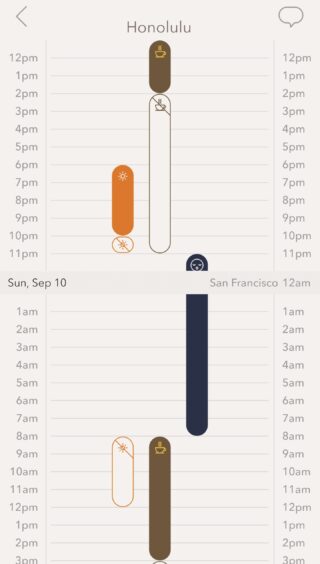
I let Timeshifter Customer Service know I wasn’t getting app notifications and they stated they were having issues with Android phones and immediately gave me a credit to use Timeshifter for my next trip. This was a nice gesture that I appreciated.
The plan is laid out on a timeline on the app, so I just had to check it manually to make sure I was taking action at the right time. Most were intuitive, but I paid special attention to when I should take melatonin and the times to switch to bright or dim light.
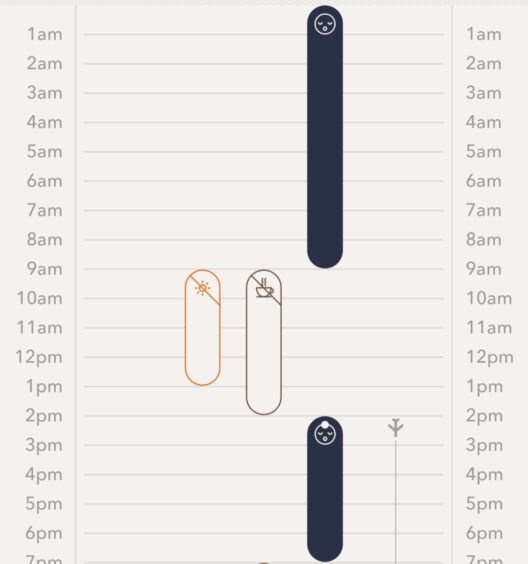
The time difference between San Francisco and Hawaii was three hours, which was a small change. This was a two-part trip, so Timeshifter laid out two plans, one for each leg.
The program started three days before the trip and the instructions were to use bright light in the evening, delay sleep by an hour each day, and use caffeine in the morning. Delaying sleep until 11 pm was easy on the first night, but the next night, it was harder to wait until midnight. I was too tired to read, so I watched a movie on my tablet.
On the travel day, I skipped the optional melatonin when prompted because it was on the flight. I didn’t sleep because I had things to do on my computer. It also made little sense to me to sleep in the middle of the day since that wasn’t a time I’d normally be sleeping in either location. However, by the last hour of the flight, I was tired and wondered if they hadn’t had the right idea. If I had rested, I might have been a little more refreshed for the first evening in Hawaii. As it was, it was difficult to stay up until 10 PM Hawaii time (6 PM CA time).
At this point, I had some email discussions with customer support at Timeshifter to ask about the melatonin recommendation. They were quite prompt and thorough with their responses, which were detailed. They reviewed some of the science and I decided I would stop second-guessing the advice and would follow the recommendations on the next leg. The representative indicated that the two most important factors were timed light exposure and timed use of melatonin.
Hawaii to Japan was a bigger shift of five hours and, combined with the three-hour time change from California, it was an eight-hour difference. Even though our flight left at 12 PM, I took melatonin and slept when the app directed it. Melatonin is not a sleeping pill and I know from taking it at home that it sometimes helps if I take it 2-3 hours before my normal bedtime. I’m a person who has vivid dreams with melatonin, a known side effect, so I take it sparingly. My usual dose was 3 mg, which is less than many dosages available in pharmacies I frequent. Based on the Timeshifter recommendation, I used an even lower dose of 1 mg. The idea is not to force sleep, as with a sleeping pill, but to enhance the melatonin that is released naturally and adjust the body’s sleep cycle. I slept for two solid hours and dozed for another hour.
Upon arrival, we had some mental stimulation with the process of deciphering the train system from Narita airport to Tokyo Station. By the time we got settled in our room, I was tired, but not exhausted. I managed to stay up until 10 pm, as directed by the app, and kept bright lights on. After sleeping well, I was up by around 5 am, but stayed in bed until 6 am. I was fatigued by 4 pm, but not enough to sleep. It was enough to relax in the hotel room before dinner and I stayed up until 10 pm. Each afternoon for the next few days, I felt a little fatigued in the late afternoon, but then recovered in time for dinner. I went to bed at 10 pm each night. This is the easiest time I’ve ever had with this much of a time change. I never took Ambien on this trip and didn’t feel like I needed it.

I had similar good results on the return flight and am now a convert. In this review of the app, I described how the Timeshifter app made adjusting to a significant time change easier and minimized my jet lag symptoms.
Walter Underwood says:
We’ve also had really good results with Timeshifter (on iPhone) flying the other direction, to Italy. On the way back, we weren’t able to start the schedule at the right time, so it didn’t work quite as well.
The only thing I wish it would do is to allow you to scroll back before the current time to see if I missed starting something, like when you wake up. But I don’t think they are making any substantial changes to the app now.
Inga Aksamit 2 says:
Hi Walter, I agree, that would be a nice feature to be able to review the plan. I suppose we could take a screen shot to preserve it. I’m glad it worked well for you going to Italy.
Inga